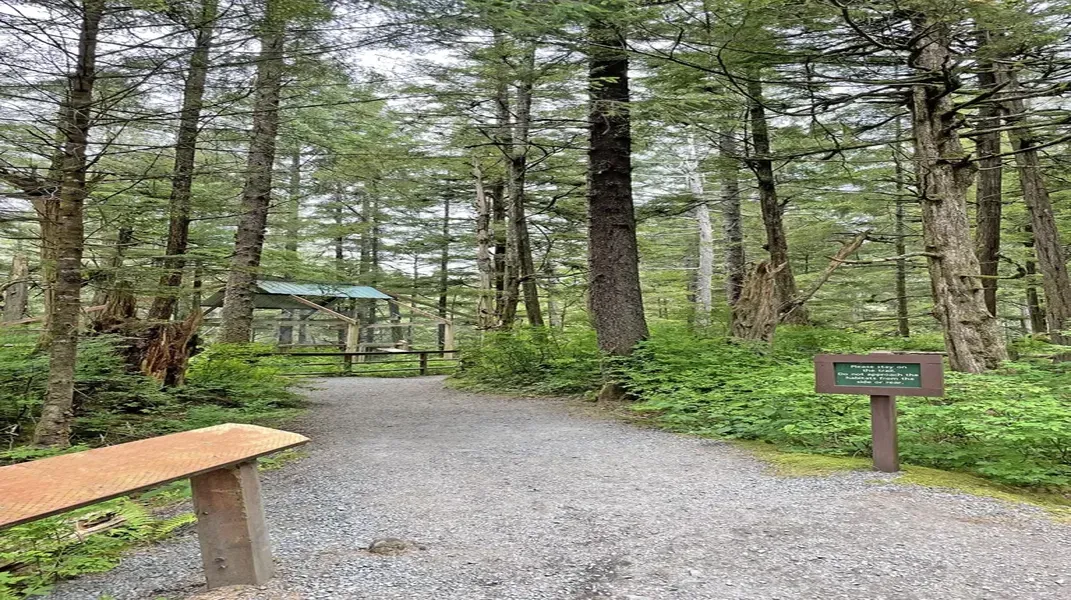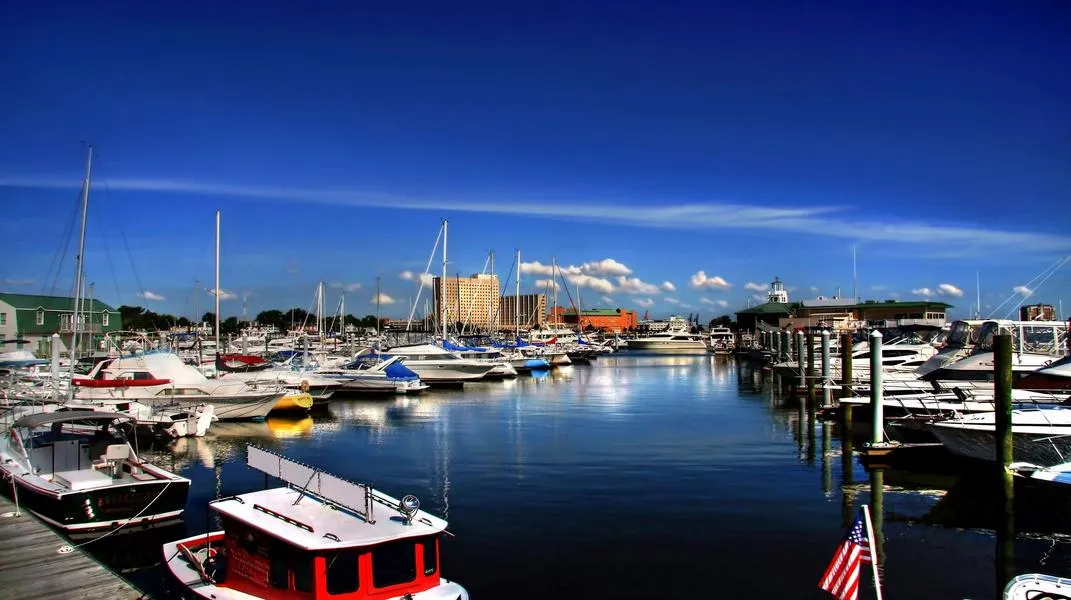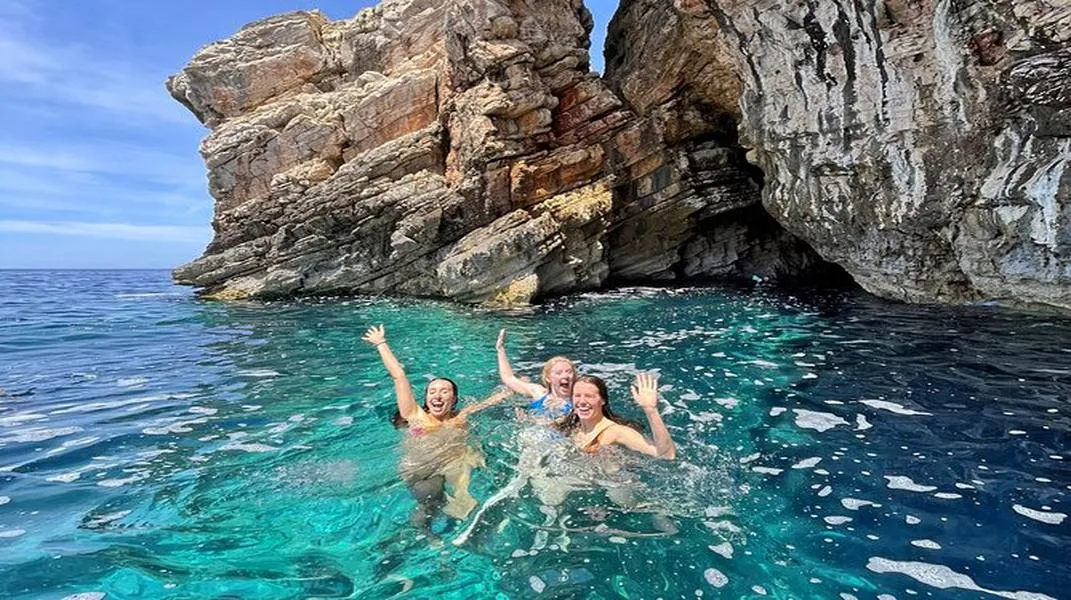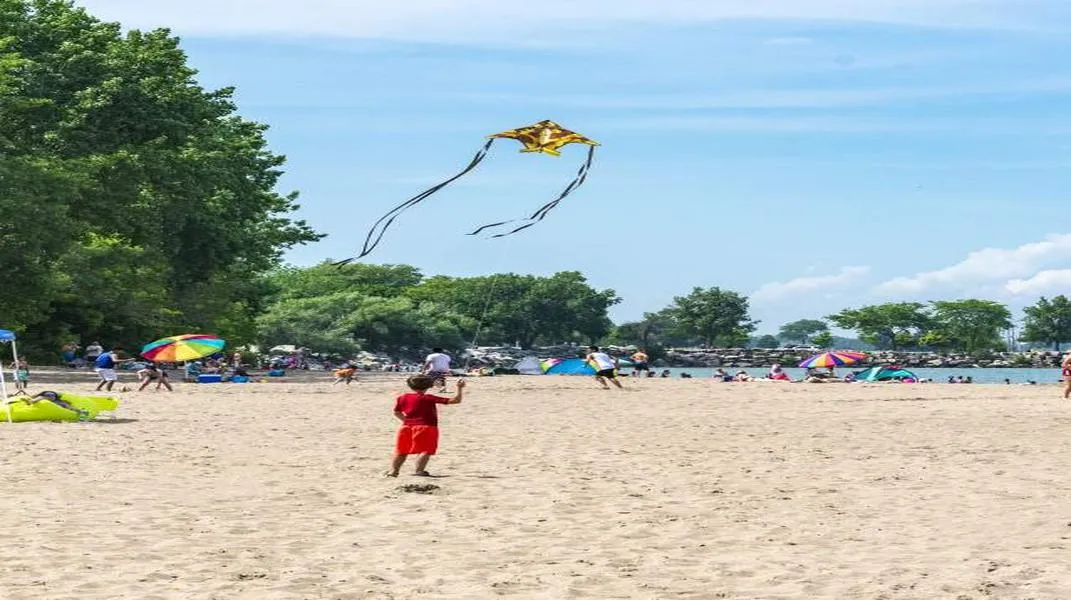Discovering Robinson Island: A Hidden Gem in the Heart of Nature
Nestled in the serene waters off the coast of Cape Town, South Africa, Robinson Island is a captivating tourist destination that offers visitors a unique blend of natural beauty, rich history, and diverse wildlife. This enchanting island is not just a paradise for nature lovers; it is also a place steeped in fascinating stories and cultural significance. In this article, we will explore everything you need to know about visiting Robinson Island, including its attractions, activities, and the essential materials you should prepare for a memorable trip.
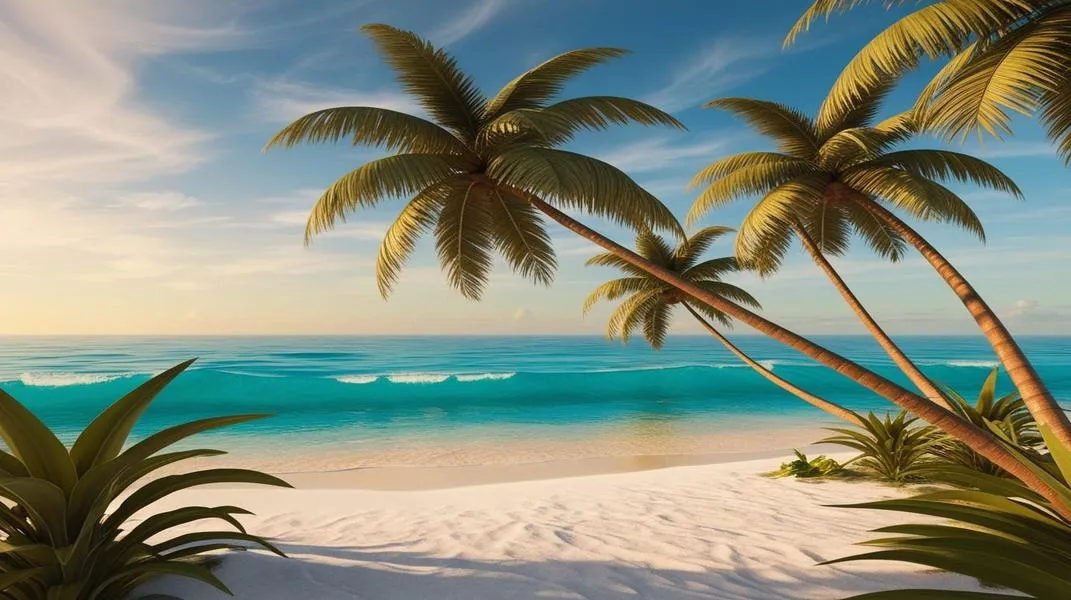
A Brief History of Robinson Island
Robinson Island, known in Afrikaans as "Robbeneiland," has a long and storied history that dates back to the 17th century. Initially used as a base for the Dutch East India Company, the island later served various purposes, including a lighthouse station, a place of quarantine, and even a location for political prisoners. The most notable of these prisoners was Nelson Mandela, who spent 18 years incarcerated here during the Apartheid era.
Today, Robinson Island is a UNESCO World Heritage Site, recognized for its historical significance and natural beauty. The island is home to several historic buildings, including a well-preserved prison complex, a lighthouse, and a church. Visitors can explore these structures and learn about the island's tumultuous past through guided tours.
Natural Beauty and Wildlife
Beyond its historical significance, Robinson Island is a natural wonder. Surrounded by the Atlantic Ocean, the island's rugged coastline features dramatic cliffs, rocky shores, and pristine sandy beaches. The lush vegetation, including indigenous flora, provides a vibrant backdrop for a variety of wildlife. Birdwatchers will be delighted by the diverse bird species that inhabit the island, including African penguins, cormorants, and various seabirds.
The waters surrounding Robinson Island are equally captivating, teeming with marine life. Snorkeling and kayaking enthusiasts can explore the rich underwater ecosystems, where colorful fish and playful seals can be observed. The island's unique ecosystem makes it an ideal spot for nature enthusiasts and photographers alike.
Preparing for Your Visit
Visiting Robinson Island requires some preparation to ensure a smooth and enjoyable experience. Here is a comprehensive list of materials and tips to help you make the most of your trip.
1. Booking Your Trip
Ferry Tickets: The only way to access Robinson Island is by ferry, which departs from the V&A Waterfront in Cape Town. It is advisable to book your tickets in advance, especially during peak tourist seasons. You can purchase tickets online or at the ferry terminal.
Guided Tours: While you can explore the island independently, guided tours are highly recommended for a more enriching experience. Many tours include a knowledgeable guide who can provide insights into the island's history, culture, and ecology.
2. What to Wear
Comfortable Clothing: Dress in lightweight, breathable clothing suitable for a day outdoors. The weather can change rapidly, so layering is key. Consider wearing a moisture-wicking base layer and bringing a light jacket or sweater for cooler temperatures.
Sturdy Footwear: Comfortable walking shoes or hiking boots are essential, especially if you plan to explore the island's trails. The terrain can be uneven, so good footwear will help you navigate safely.
3. Essential Gear
Sunscreen: The sun can be intense, even on cloudy days. Apply a waterproof sunscreen with a high SPF to protect your skin from harmful UV rays.
Hat and Sunglasses: A wide-brimmed hat and polarized sunglasses will shield your face and eyes from the sun while adding comfort to your visit.
Water Bottle: Stay hydrated during your exploration by bringing a reusable water bottle. There are limited facilities on the island, so it's crucial to carry your own water.
Camera: The scenic vistas and wildlife of Robinson Island offer countless photo opportunities. Bring a camera or smartphone to capture the breathtaking landscapes and memorable moments.
4. Snacks and Meals
Pack Snacks: While there are limited food options on the island, it’s a good idea to pack some snacks for your visit. Energy bars, fruit, and nuts are excellent choices to keep your energy levels up during your exploration.
Lunch Options: If you prefer not to carry food, some guided tours may include lunch options. Check with your tour operator in advance to see if meals are provided.
5. Health and Safety
First Aid Kit: Consider bringing a small first aid kit containing essentials like band-aids, antiseptic wipes, and any personal medications. While the island is generally safe, it’s always wise to be prepared for minor injuries.
Insect Repellent: Depending on the season, mosquitoes and other insects may be present. A good insect repellent can help keep bugs at bay, especially if you plan to spend time in the lush vegetation.
6. Respect the Environment
Leave No Trace: Robinson Island is a protected area, and visitors are expected to respect the environment. Carry out any trash you bring in, stick to marked trails, and avoid disturbing wildlife.
Wildlife Etiquette: If you encounter animals during your visit, maintain a safe distance and do not feed them. Observing wildlife in their natural habitat is a privilege, and it’s essential to protect their well-being.
Attractions on Robinson Island
Once you arrive on Robinson Island, there are several key attractions and activities to enjoy:
1. The Prison Museum
The prison complex is one of the island's most significant historical sites. Guided tours take visitors through the cells where political prisoners, including Nelson Mandela, were held. The stories shared by knowledgeable guides provide a deep insight into the struggles and resilience of those who fought against Apartheid.
2. The Lighthouse
The historic lighthouse, built in 1865, stands as a testament to the island's maritime heritage. Climbing to the top offers stunning panoramic views of the surrounding ocean and the Cape Town skyline. The lighthouse is still operational today and serves as a navigational aid for passing ships.
3. The Island's Flora and Fauna
Nature walks around the island allow visitors to appreciate the diverse plant life and spot various bird species. The African penguin colony is a highlight, and watching these charming creatures waddle along the shore is a delightful experience.
4. Cultural and Historical Exhibitions
Throughout the island, you’ll find informative displays and exhibitions that shed light on the island's history, including its role during the Apartheid era, the impact of colonialism, and the stories of the people who lived there.
5. Beaches and Scenic Views
Robinson Island boasts several picturesque beaches where visitors can relax, take in the stunning scenery, or enjoy a picnic. The views of Table Mountain and the Cape Town coastline create a breathtaking backdrop, perfect for photography or simply unwinding in nature.
Conclusion
Robinson Island is a treasure trove of natural beauty and historical significance waiting to be explored. From its poignant past as a political prison to its vibrant wildlife and stunning landscapes, the island offers a unique experience that captivates visitors. Whether you're a history buff, a nature enthusiast, or simply seeking a peaceful escape, Robinson Island has something for everyone.
By preparing adequately for your visit and being mindful of the island's delicate ecosystem, you can ensure a rewarding experience that leaves you with lasting memories. So pack your bags, book your ferry tickets, and get ready to discover the wonders of Robinson Island—an unforgettable destination that embodies the spirit of South Africa.

